If you want to own a piece of a longevity technology company, here is your chance.
Invest as little as $100 in startups and small businesses. Wefunder is the largest Regulation Crowdfunding portal.
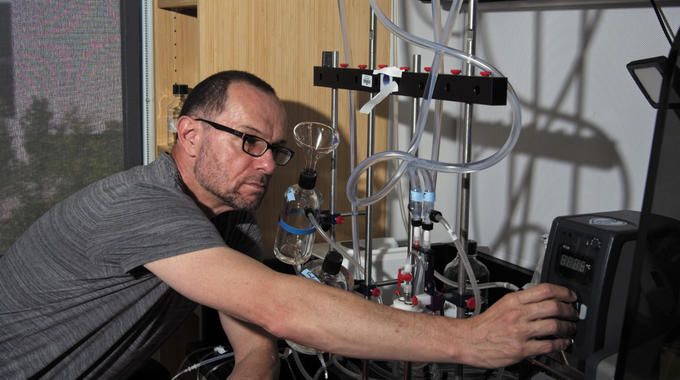
The Art Of Human Care For Covid-19 — Dr. Hassan A. Tetteh MD, Health Mission Chief, U.S. Department of Defense (DoD), Joint Artificial Intelligence Center, The Pentagon.
Dr. Hassan A. Tetteh, MD, is the Health Mission Chief, at the Department of Defense (DoD) Joint Artificial Intelligence Center, serving to advance the objectives of the DoD AI Strategy, and improve war fighter healthcare and readiness with artificial intelligence implementations.
Dr. Tetteh is also an Associate Professor of Surgery at the Uniformed Services University of the Health Sciences, adjunct faculty at Howard University College of Medicine, a Thoracic Staff Surgeon for MedStar Health and Walter Reed National Military Medical Center, and leads a Specialized Thoracic Adapted Recovery (STAR) Team, in Washington, DC, where his research in thoracic transplantation aims to expand heart and lung recovery and save lives.
In the past, Dr. Tetteh has served as Chief Medical Informatics Officer, United States Navy, and Division Lead for Futures and Innovation at Navy Medicine’s Headquarters, a Command Surgeon for the National Defense University, and as a Robert Wood Johnson Health Policy Fellow, assigned to the U.S. Congress, Congressional Budget Office, (CBO).
Dr. Tetteh served as Ship’s Surgeon and Director of Surgical Services for the USS Carl Vinson, deployed as a trauma surgeon to Afghanistan’s Helmand and Nimroz provinces, and has supported special joint forces missions to South America, the Middle East, the South Pacific, Australia, and Africa. He earned both the Surface Warfare Medical Department Officer and Fleet Marine Force Qualified Officer designations, and his military honors include two Meritorious Service Medals and the Joint Service Commendation Medal.
The mRNA technology at the heart of two Covid-19 shots has been decades in the making. Now it may soon be used to fight cancer and HIV.
#Prognosis #Vaccine #BloombergQuicktake.
——-
Like this video? Subscribe: https://www.youtube.com/Bloomberg?sub_confirmation=1
Become a Quicktake Member for exclusive perks: https://www.youtube.com/bloomberg/join.
QuickTake Originals is Bloomberg’s official premium video channel. We bring you insights and analysis from business, science, and technology experts who are shaping our future. We’re home to Hello World, Giant Leap, Storylines, and the series powering CityLab, Bloomberg Businessweek, Bloomberg Green, and much more.
Subscribe for business news, but not as you’ve known it: exclusive interviews, fascinating profiles, data-driven analysis, and the latest in tech innovation from around the world.
Visit our partner channel QuickTake News for breaking global news and insight in an instant.
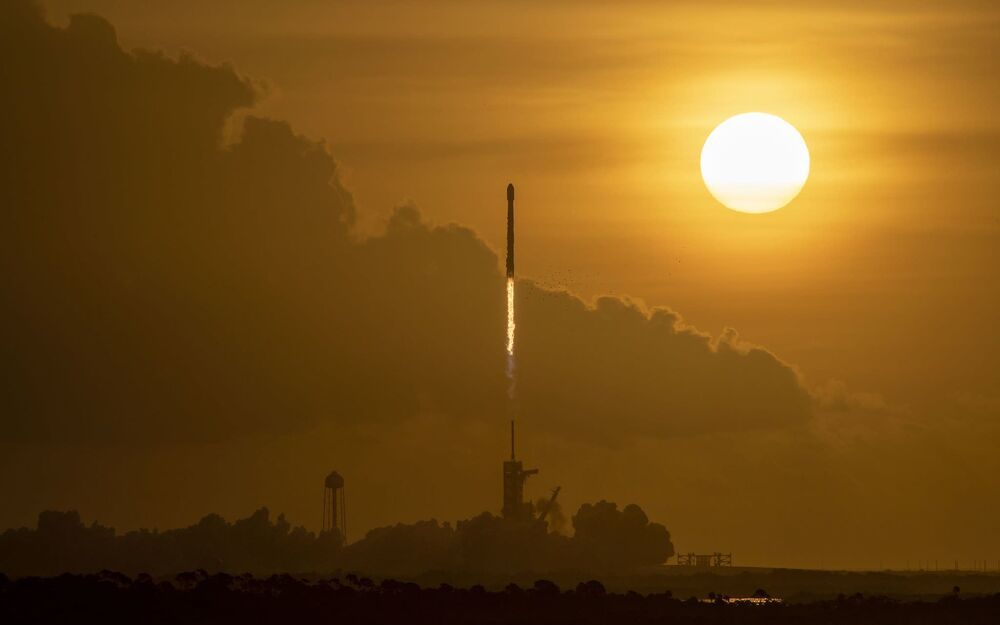
The growth of space businesses makes this “the most exciting time” to be involved in the industry, but one CEO says private and government organizations must do more to tap the next generation of U.S. workers.
“I do think there’s opportunities for everybody to participate in the excitement … [and] it’s a great opportunity for the government to really lean in on looking for those public-private partnerships,” Steve Isakowitz, CEO of The Aerospace Corporation and former president of Virgin Galactic, told attendees of the America’s Future Series Space Innovation Summit. The event ran on April 6 and 7.
“We need to do more and expand the candidate pool — we’ve got to make sure that all of America has the benefit of being part of the STEM, K-12, opportunities that are out there,” he added, referring to the academic discipline that includes science, tech, engineering and math.
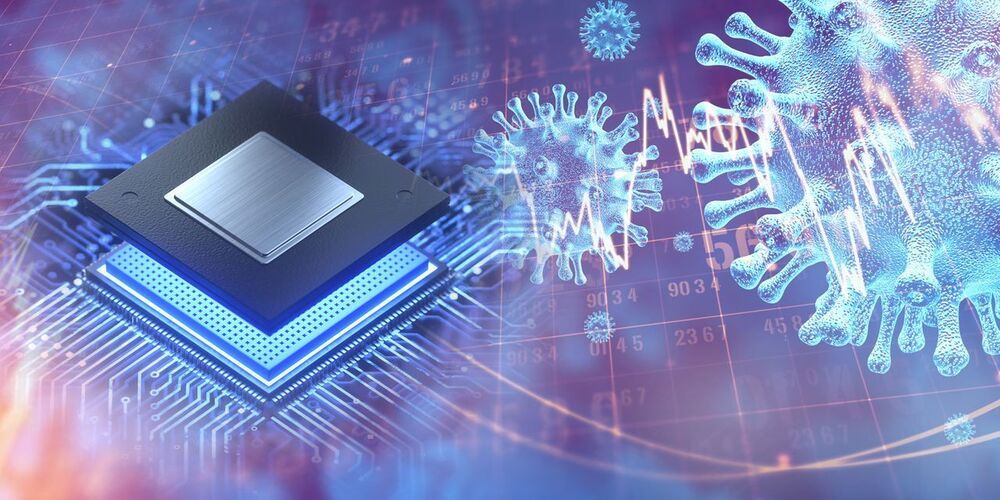
This article is part of a series tracking the effects of the COVID-19 pandemic on major businesses and sectors. For other articles and earlier versions, go here.
A global shortage of semiconductors — chips that power massive data-centers, modern autos and countless digital devices — has roiled global manufacturing and is not expected to end soon. It isn’t a blanket problem, however, as different sectors within the chip industry will continue to be affected by the shortage in different ways.
As the industry entered 2020, high demand was expected in the mobile chip area because of the rollout of 5G devices. That path was turned on its head when COVID-19 became a global pandemic, driving millions, if not billions, of people into the safety of their homes to work, go to school, be entertained and to socialize.

The Space Development Agency is considering buying its next 150 satellites from three different vendors.
WASHINGTON — The Pentagon’s Space Development Agency is considering buying its next 150 satellites from three different vendors, but that could change after the agency evaluates companies’ bids, SDA director Derek Tournear said April 14.
Speaking at the Washington Space Business Roundtable, Tournear said a request for proposals will be issued in August for the agency’s Transport Layer Tranche 1 — a network of hundreds of communications satellites in low Earth orbit projected to start launching in late 2024.
The request will be for 150 satellites but SDA has not yet decided how that order will be divvied up. “There is probably three awards for those 150 satellites, but we’re not wed to three,” Tournear said. “Three is not a magic number. I’m really interested in industry feedback when they see our acquisition strategy.”
Developing Next Generation Artificial Intelligence To Serve Humanity — Dr. Patrick Bangert, Vice President of AI, Samsung SDS.
Dr. Patrick D. Bangert, is Vice President of AI, and heads the AI Engineering and AI Sciences teams, at Samsung SDS is a subsidiary of the Samsung Group, which provides information technology (IT) services, and are active in research and development of emerging IT technologies such as artificial intelligence (AI), blockchain, Internet of things (IoT) and Engineering Outsourcing.
Dr. Bangert is responsible for the Brightics AI Accelerator, a distributed ML training and automated ML product, and for X.insights, a data center intelligence platform.
Among his other responsibilities, Dr. Bangert acts as a visionary for the future of AI at Samsung.
Before joining Samsung, Dr. Bangert spent 15 years as CEO at Algorithmica Technologies, a machine learning software company serving the chemicals and oil and gas industries. Prior to that, he was assistant professor of applied mathematics at Jacobs University in Germany, as well as a researcher at Los Alamos National Laboratory and NASA’s Jet Propulsion Laboratory.
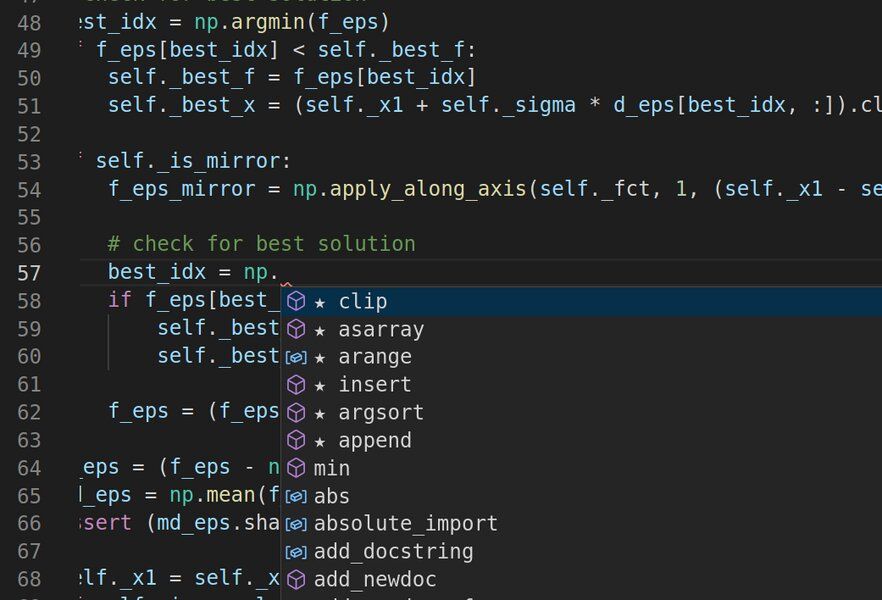
Whatever business a company may be in, software plays an increasingly vital role, from managing inventory to interfacing with customers. Software developers, as a result, are in greater demand than ever, and that’s driving the push to automate some of the easier tasks that take up their time.
Productivity tools like Eclipse and Visual Studio suggest snippets of code that developers can easily drop into their work as they write. These automated features are powered by sophisticated language models that have learned to read and write computer code after absorbing thousands of examples. But like other deep learning models trained on big datasets without explicit instructions, language models designed for code-processing have baked-in vulnerabilities.
“Unless you’re really careful, a hacker can subtly manipulate inputs to these models to make them predict anything,” says Shashank Srikant, a graduate student in MIT’s Department of Electrical Engineering and Computer Science. “We’re trying to study and prevent that.”

Amazon Web Services (AWS) is partnering with the Hebrew University of Jerusalem for a new quantum computing initiative as part of the company’s efforts, launched in 2019, to explore this area of research. These include a cloud-based quantum computing service Amazon Braket to accelerate research and discovery, the Amazon Quantum Solutions Lab to help businesses explore quantum applications, and the AWS Center for Quantum Computing research and development organization.
AWS’ latest collaboration with Hebrew University will fund a team of researchers from the academic institution’s Quantum Information Science Center (QISC), founded in 2013, and the Racah Institute of Physics to advance the understanding of quantum gates – fundamental building blocks of quantum computers, the parties said in a statement on Monday. The collaboration is the first between AWS and any Israeli academic institution in the field.
The university’s Professor Alex Retzker, a researcher of quantum technologies, will lead the research group as part of his role as a Principal Research Scientist at AWS.
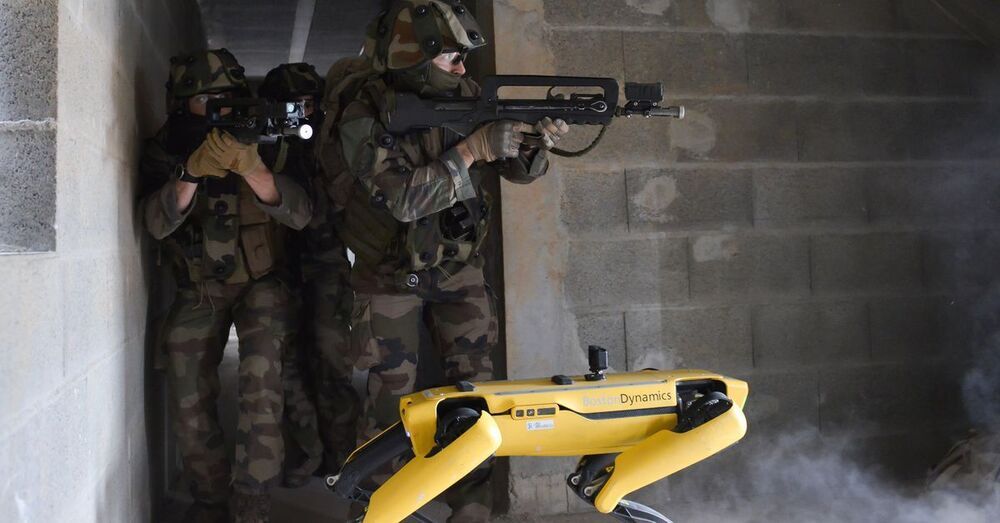
Spot was apparently being used for reconnaissance.
Pictures of the exercises were shared on Twitter by France’s foremost military school, the École Spéciale Militaire de Saint-Cyr. It described the tests as “raising students’ awareness of the challenges of tomorrow,” which include the “robotization of the battlefield.”
A report by French newspaper Ouest-France offers more detail, saying that Spot was one of a number of robots being tested by students from France’s École Militaire Interarmes (Combined Arms School), with the intention of assessing the usefulness of robots on future battlefields.
Boston Dynamics’ vice president of business development Michael Perry told The Verge that the robot had been supplied by a European distributor, Shark Robotics, and that the US firm had not been notified about this particular use. “We’re learning about it as you are,” says Perry. “We’re not clear on the exact scope of this engagement.” The company says it was aware that its robots were being used with the French government, including the military.